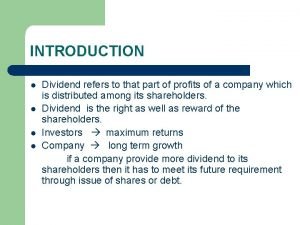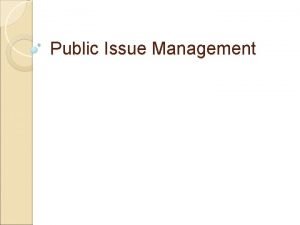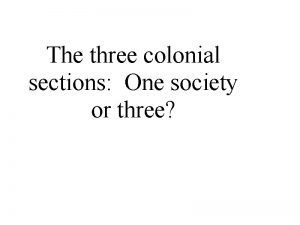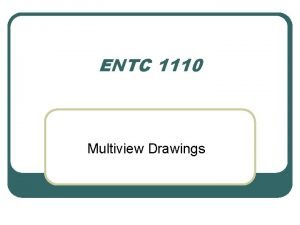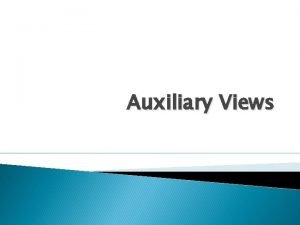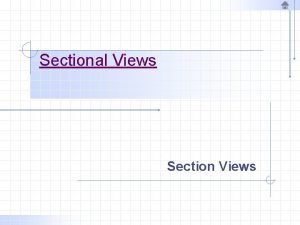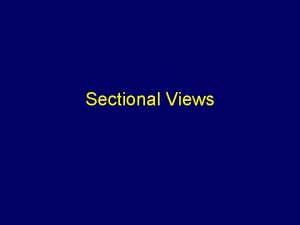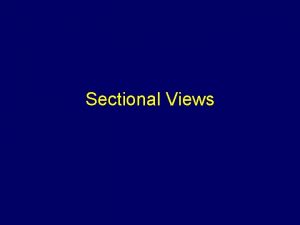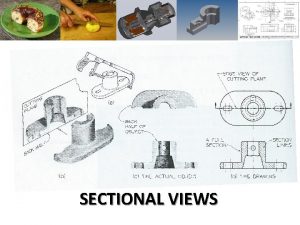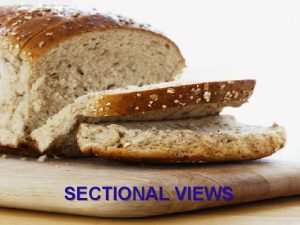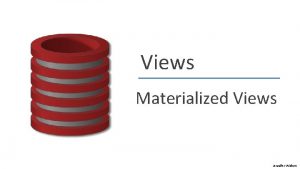One Journal Issue Two Activities Three Views Information








- Slides: 8

One Journal Issue, Two Activities, Three Views: Information Creation as a Process Nancy R. Curtis ncurtis@maine. edu Special Libraries Association 2018 Annual Conference, June 9 -13, Baltimore, MD

Deconstructed Journals Use scholarly journals, not popular or trade journals. But I don’t even know what a “journal” is! What about editorials, letters, and other “not quite articles” in scholarly titles?

Frame: Information Creation as a Process Learners recognize… “…information may be perceived differently based on the format in which it is packaged…” “…implications of information formats that contain static or dynamic information…” (Framework document)

Activity 1 Bibliographic database with subject indexing Publisher’s site Journal Issue To. C service How can you use each display of the journal issue?

Activity 2 Creative work or patient education piece Journal Issue “How to” or clinical article IMRa. D format or research article Are these for popular, professional and trade, or scholarly audiences?

Assessment and Future Plans • It’s a keeper • May adapt by incorporating subject-specific databases • Time permitting, add Frame: Searching as Strategic Exploration • What articles can you find in a bibliographic database? • What content is not accessible via bibliographic databases?

Image Credits • “Tomato” by parkjisun via Noun Project, CC BY. Color added. • “Capsicum” by parkjisun via Noun Project, CC BY. Color added. • “Garlic” by Nathan Thomson via Noun Project, CC BY. Color fill added. • “Onion” by Erin Battersby via Noun Project, CC BY. Color added. • “red-paprika-organic-vegetable-417106” by niekverlaan via Pixabay, CC 0. Derivative by Nancy R. Curtis can be reused under CC BY 4. 0 International License. • “Cloud” by Guilherme Furtado via Noun Project, CC BY. Color added. • “file-pdf” (regular and solid style) by Font Awesome, CC BY 4. 0. Color added. • “file-alt” (solid style) by Font Awesome, CC BY 4. 0. Color added.

Sources Consulted • American Library Association, Association of College and Research Libraries. (2015, February 9). Framework for information literacy for higher education. Retrieved from http: //www. ala. org/acrl/standards/ilframework • Burkhardt, J. M. (2016). Teaching information literacy reframed: 50+ Framework-based exercises for creating information-literate learners. Chicago: ALA Neal-Schuman. • Seeber, K. P. (2016, February). It's not a competition: Questioning the rhetoric of “scholarly versus popular" in library instruction. Presentation at the Critical Librarianship & Pedagogy Symposium, Tucson, AZ. Slides retrieved from https: //repository. arizona. edu/handle/10150/607784 Nancy R. Curtis, 2018 | Except where otherwise noted, this work is licensed under a Creative Commons Attribution 4. 0 International License


